Last week, the Irish Farmers Journal asked readers for opinions and ideas on how to secure the future of the tillage sector.
Solutions are needed urgently as land is currently exiting the tillage sector in large amounts.
Thank you to the many readers who went to the effort of sharing their thoughts.
Here is a selection of what farmers had to say.
Co Westmeath
The Minister for Agriculture’s desire to increase tillage area is being thwarted by his own colleagues in both the Department of Agriculture and the Government.
“Nitrate reduction policies are forcing dairy farmers to either reduce cow numbers or increase land area.
“Obviously, the latter option is being chosen, and with very high incomes in dairying at present, they are pricing tillage farmers out of the rental market. Blocks are being lost to tillage, or if not, have gotten much more expensive.”
We appear to have put all our drive into the dairy sector and this is causing wholesale problems for other sectors.
“In my opinion, the dairy sector should be obliged to grow more grain as a feedstuff and we have to seriously look at a dairy cow reduction.
“Without the grants, how many would have expanded to the numbers they have now and would it have been economically possible?
“I think that greed is now the driver. There are well-equipped contractors to boost cereal growing but they and the farmers need guaranteed harvest prices based on production costs.”
Co Kildare
From where we stand today in the tillage sector, it is looking bleak for the next generation.
“We all know we have to reduce emissions and are working towards that goal. As the new regulations state, we all have to get back to rotational farming or what we call ‘good farming practice’.
“I would question the Government policy on tillage as we have the least emissions of any type of farming. The TAMS grants do not help us to invest in our future as with the other sectors. We could increase our production and have rations produced with Irish grain and proteins at a premium price.
“The fertiliser situation is scandalous as the trade seems to take enormous profits from last year and will not decrease the price this year.
“Let’s have a level playing field and more tillage representatives on Teagasc and other committees.”
Co Cork
For many years, our various Governments have neglected the tillage sector, as demonstrated by its total exclusion from TAMS I.
“This Government’s latest initiative under the nitrates regulations, which incentivises the thriving dairy sector to further expand its footprint even further into traditional tillage areas, can only be described as a direct attack on the tillage sector, which cannot compete with the land rental prices being offered.”
Government policy
“This flies in the face of stated Government policy to expand the area in tillage, with the undisputed environmental benefits this would bring.
“This attack is further compounded by the severe reductions in most tillage farmers’ area aid payments in the coming years, at a time of massively increasing costs.
“Unless there is an urgent financial-based incentive for tillage farmers, to acknowledge the environmental contribution of the sector, and not some glorified reseeding scheme like that introduced last year, which was of little or no benefit to dedicated tillage farmers, a significant reduction in our tillage area is inevitable.
“No tillage farmer begrudges the financial success of dairy farmers, many of whom were tillage farmers until the economic reality forced them to switch to dairying. The question is: does this Government want a tillage sector in Ireland?
“Government statements declaring a wish to increase tillage area are worthless. Financial return, or lack of it, will decide the future reality in our fields.
Co Laois
The policy at high level sounds positive, ie increase the tillage area, increase native proteins, but stating that’s all well and good.
“There is a big challenge in achieving the 400,000ha target and it is more likely to be reducing in the meantime.
1 Competition for prime tillage land is increasing with the new nitrates regulation on dairy farms and the likes of large solar power farms. Tillage farmers cannot compete with the ridiculously high rental prices being paid.
The Tillage Incentive Scheme has supported livestock farmers and done nothing for actual tillage farmers. At the rate things are going, there should be a greater focus on the likes of a tillage maintenance scheme and the ringfencing of prime tillage land.
2 Developing alternative markets should also be encouraged in terms of requiring native grains in livestock feeds, supporting the Irish microbreweries and developing the potential for milling wheat.
3 Pesticides in terms of critical chemicals such as Roundup cannot be recklessly discarded, particularly at a time where food security has become paramount.
4 Support for better co-operation for exporting slurry from overstocked dairy farms to tillage lands.
5 Continue support for protein and straw incorporation schemes.
6 Adequate farmer representation is needed in developing policies impacting the sector.”
Co Kildare
Pat Cleary from Co Kildare sent through some recommendations that he thinks would help the tillage sector at present.
Capital funding diverted towards carbon positive projects to assist arable farmers develop added-value products [eg feed wheat].If we can have the equivalent of 100,000 electric cars grant-aided to the sum of €500,000,000 some of that taxpayer’s money should be diverted to support the circular economy reducing food miles.Introduce a fair retirement scheme to allow older and single farmers a decent opt-out scheme, irrespective of what type of farming he/she is involved in.Restrict any renewable projects on land suitable for arable use, that contradict Government policy, ie the Climate Action Plan.Introduce taxation policy to restrict corporate entities from availing of agricultural tax loopholes, including VAT, to reinvest into agriculture.”
Co Wicklow
First and foremost, what needs to be done is to introduce legislation to cap the prices that merchants can charge tillage farmers for inputs. They are charging ridiculous prices at present, which needs to be stamped out before it’s allowed to become the norm.
“The demand for more land by the dairy sector has created a land lease war which the tillage farmer cannot compete with, thus reducing the tillage acreage.
“Tillage farmers are also facing cuts to their entitlement values under the new CAP which will reduce their payments. All of these scenarios together is a recipe for the perfect storm which will see a decline in the tillage acreage over the next few years at a time when it really needs to increase.
“It’s a sad state of affairs when the sector with the lowest carbon footprint is being forced to struggle to survive.”
Last week, the Irish Farmers Journal asked readers for opinions and ideas on how to secure the future of the tillage sector.
Solutions are needed urgently as land is currently exiting the tillage sector in large amounts.
Thank you to the many readers who went to the effort of sharing their thoughts.
Here is a selection of what farmers had to say.
Co Westmeath
The Minister for Agriculture’s desire to increase tillage area is being thwarted by his own colleagues in both the Department of Agriculture and the Government.
“Nitrate reduction policies are forcing dairy farmers to either reduce cow numbers or increase land area.
“Obviously, the latter option is being chosen, and with very high incomes in dairying at present, they are pricing tillage farmers out of the rental market. Blocks are being lost to tillage, or if not, have gotten much more expensive.”
We appear to have put all our drive into the dairy sector and this is causing wholesale problems for other sectors.
“In my opinion, the dairy sector should be obliged to grow more grain as a feedstuff and we have to seriously look at a dairy cow reduction.
“Without the grants, how many would have expanded to the numbers they have now and would it have been economically possible?
“I think that greed is now the driver. There are well-equipped contractors to boost cereal growing but they and the farmers need guaranteed harvest prices based on production costs.”
Co Kildare
From where we stand today in the tillage sector, it is looking bleak for the next generation.
“We all know we have to reduce emissions and are working towards that goal. As the new regulations state, we all have to get back to rotational farming or what we call ‘good farming practice’.
“I would question the Government policy on tillage as we have the least emissions of any type of farming. The TAMS grants do not help us to invest in our future as with the other sectors. We could increase our production and have rations produced with Irish grain and proteins at a premium price.
“The fertiliser situation is scandalous as the trade seems to take enormous profits from last year and will not decrease the price this year.
“Let’s have a level playing field and more tillage representatives on Teagasc and other committees.”
Co Cork
For many years, our various Governments have neglected the tillage sector, as demonstrated by its total exclusion from TAMS I.
“This Government’s latest initiative under the nitrates regulations, which incentivises the thriving dairy sector to further expand its footprint even further into traditional tillage areas, can only be described as a direct attack on the tillage sector, which cannot compete with the land rental prices being offered.”
Government policy
“This flies in the face of stated Government policy to expand the area in tillage, with the undisputed environmental benefits this would bring.
“This attack is further compounded by the severe reductions in most tillage farmers’ area aid payments in the coming years, at a time of massively increasing costs.
“Unless there is an urgent financial-based incentive for tillage farmers, to acknowledge the environmental contribution of the sector, and not some glorified reseeding scheme like that introduced last year, which was of little or no benefit to dedicated tillage farmers, a significant reduction in our tillage area is inevitable.
“No tillage farmer begrudges the financial success of dairy farmers, many of whom were tillage farmers until the economic reality forced them to switch to dairying. The question is: does this Government want a tillage sector in Ireland?
“Government statements declaring a wish to increase tillage area are worthless. Financial return, or lack of it, will decide the future reality in our fields.
Co Laois
The policy at high level sounds positive, ie increase the tillage area, increase native proteins, but stating that’s all well and good.
“There is a big challenge in achieving the 400,000ha target and it is more likely to be reducing in the meantime.
1 Competition for prime tillage land is increasing with the new nitrates regulation on dairy farms and the likes of large solar power farms. Tillage farmers cannot compete with the ridiculously high rental prices being paid.
The Tillage Incentive Scheme has supported livestock farmers and done nothing for actual tillage farmers. At the rate things are going, there should be a greater focus on the likes of a tillage maintenance scheme and the ringfencing of prime tillage land.
2 Developing alternative markets should also be encouraged in terms of requiring native grains in livestock feeds, supporting the Irish microbreweries and developing the potential for milling wheat.
3 Pesticides in terms of critical chemicals such as Roundup cannot be recklessly discarded, particularly at a time where food security has become paramount.
4 Support for better co-operation for exporting slurry from overstocked dairy farms to tillage lands.
5 Continue support for protein and straw incorporation schemes.
6 Adequate farmer representation is needed in developing policies impacting the sector.”
Co Kildare
Pat Cleary from Co Kildare sent through some recommendations that he thinks would help the tillage sector at present.
Capital funding diverted towards carbon positive projects to assist arable farmers develop added-value products [eg feed wheat].If we can have the equivalent of 100,000 electric cars grant-aided to the sum of €500,000,000 some of that taxpayer’s money should be diverted to support the circular economy reducing food miles.Introduce a fair retirement scheme to allow older and single farmers a decent opt-out scheme, irrespective of what type of farming he/she is involved in.Restrict any renewable projects on land suitable for arable use, that contradict Government policy, ie the Climate Action Plan.Introduce taxation policy to restrict corporate entities from availing of agricultural tax loopholes, including VAT, to reinvest into agriculture.”
Co Wicklow
First and foremost, what needs to be done is to introduce legislation to cap the prices that merchants can charge tillage farmers for inputs. They are charging ridiculous prices at present, which needs to be stamped out before it’s allowed to become the norm.
“The demand for more land by the dairy sector has created a land lease war which the tillage farmer cannot compete with, thus reducing the tillage acreage.
“Tillage farmers are also facing cuts to their entitlement values under the new CAP which will reduce their payments. All of these scenarios together is a recipe for the perfect storm which will see a decline in the tillage acreage over the next few years at a time when it really needs to increase.
“It’s a sad state of affairs when the sector with the lowest carbon footprint is being forced to struggle to survive.”



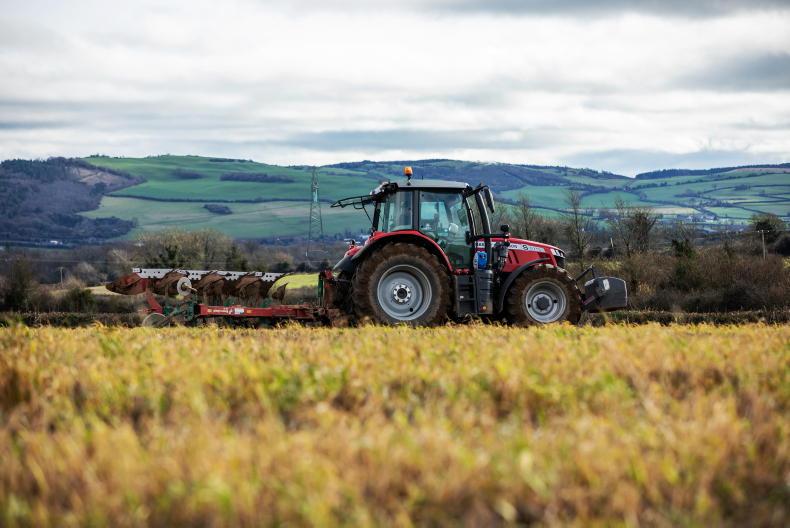

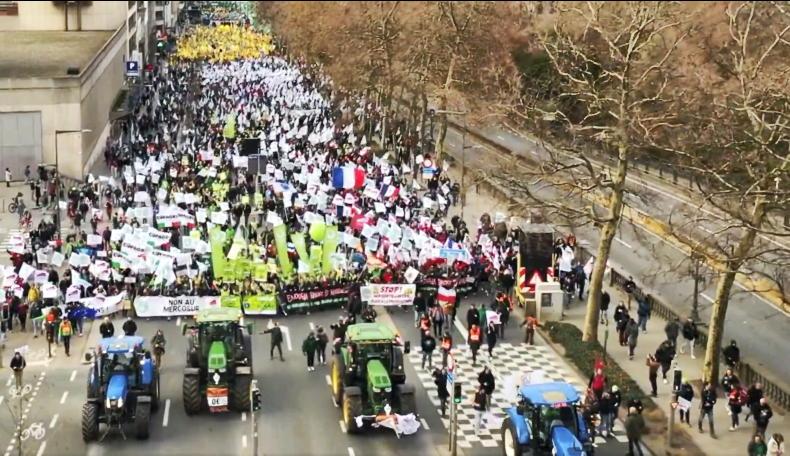

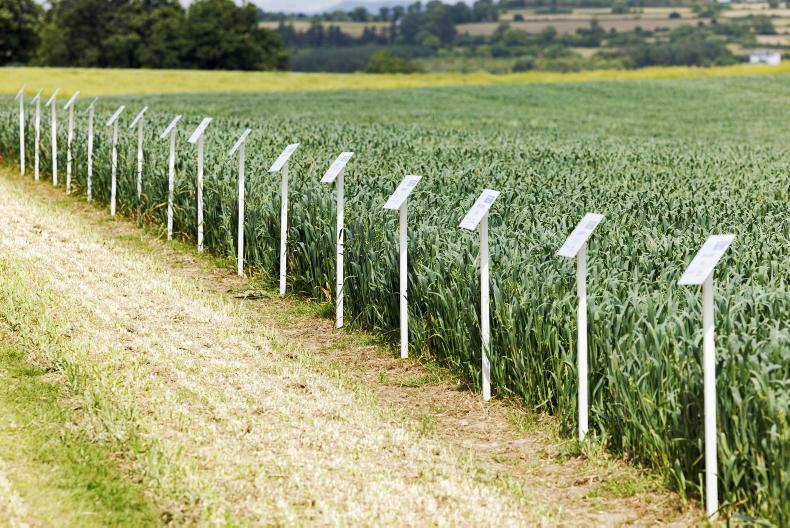
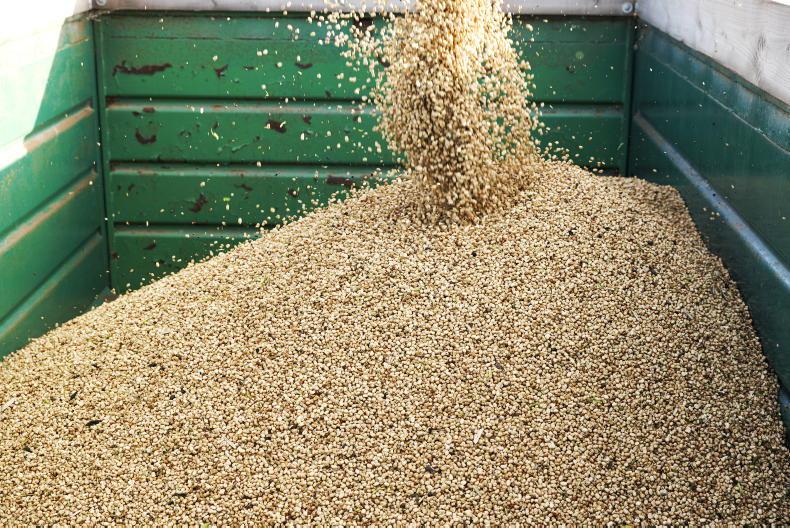
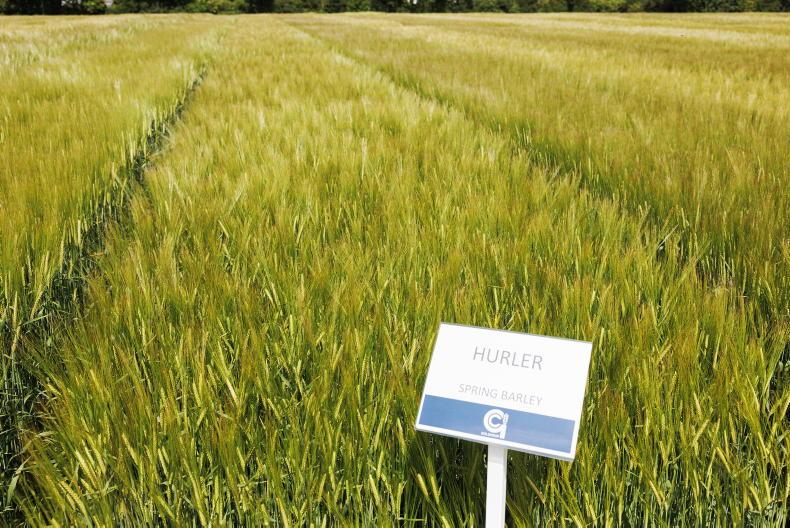
SHARING OPTIONS